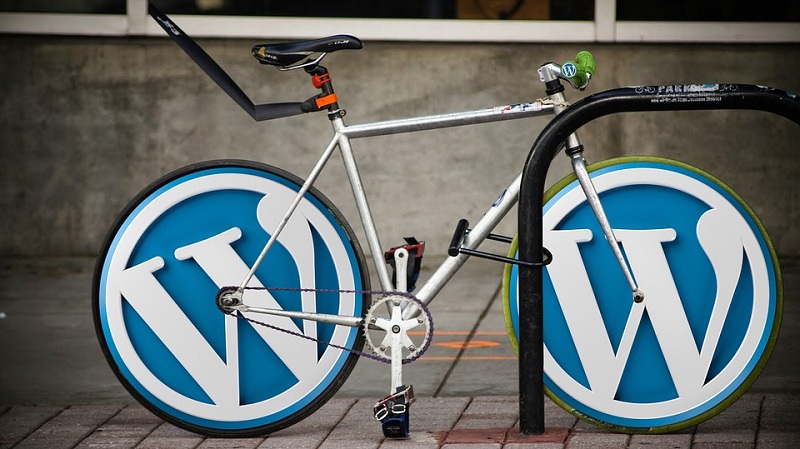
WordPress offers a myriad of free and premium themes. If you cannot decide on what theme fits your blog best, look through this brief but enlightening guide
In less than a decade, blogging has evolved from a personal diary into a popular and convenient way to earn a living. To date, bloggers compete with other entertainment platforms for the audience’s affection, and some of them are indeed brilliant at it. Though their power lies in engaging content, there are some more factors defining their success. In particular, it matters what website a blogger chooses to interact with their readers. The website design has a substantial effect on how people take a blogger’s message and image as a whole.
Being the largest website creation tool, WordPress allows thousands of writers to make up unique and personalized pages integrated with some basic web development features like SEO, navigation, and responsiveness. The following guide gives good insights into what key factors you need to consider when choosing a new WordPress theme.
1. Brand identity
First off, you need to think about what writing category your blog belongs to. WordPress groups themes by writing topics, and you can start searching by blog types. If you are more into technology and innovations, there are plenty of tech themes that will emphasize your interest in tech topics. By contrast, if your focus is on travel or beauty, WordPress has a great number of themes made in pretty colors that give a sense of beauty. It is advisable to link your blog idea with your page because the audience expects to see consistency between the content and the design. Don’t let your writing resonate with your website because this contrast will hugely affect visitor retention and in no way improve your brand identity.
2. Excellent navigation
WordPress themes vary in simplicity. Some are limited to one column and a menu; others boast extended navigation options, allowing a reader to jump easily from one post to another. However, it is vital to stick with sound navigation that encourages your readers to click on more posts. Existing practice shows that the best navigation options usually have grouped items and descriptive labels that together help the audience feel comfortable with the blog. Besides, you should make sure that the content won’t look cluttered with the theme but will be easily readable.
3. Customization options
Any WordPress theme is customizable by nature, but the degree of customization may vary depending on the theme. The user generally can change the following features: title, colors, header and background, images, menu, and widgets. The ability to customize a page means a lot in terms of user retention. The better you adapt your website to the content, the higher the chance of winning the audience’s love on the first try. However, there is a flip side to website customization. Some bloggers tend to change their designs too often, thus impairing their brand image because the readers don’t have time to get used to a new look and lose touch with the writer.
4. Mobile responsiveness
About 49% of users prefer using mobile devices to access the internet. This is why you need to go with mobile-friendly WordPress themes. Before installing a theme, you should make sure it will look perfect if your blog is viewed on mobile phones. If the design is mobile-oriented, all the features remain uncorrupted, regardless of the device the user employs. On the contrary, if the theme is targeted at something other than mobile visitors, you should switch to another one. Otherwise, you risk losing a substantial part of website traffic and facing a problem called bounce rate, which can be extremely high when you ignore the mobile phone segment of your audience. To avoid such trouble, it is recommended to use premium WordPress themes that are all 100% mobile-responsive. However, if you are a beginner blogger who is looking for free opportunities, you should be vigilant about choosing a WordPress theme.
5. Regular updates
Finally, your theme developer must provide regular updates with new features for your website design. The problem arises when some developers drag on updates for months, and you can only do something about it. The situation gets even worse if your blogging competitors improve their pages on a regular basis and thus get a chance to poach a part of your readers. Here, the best advice is to select credible and proven developers who have a spotless reputation and take care of their customers well. Again, they are often fee-based, but you have your feet on the solid ground in return.
These five rules are helpful for novices and mature bloggers who aspire to perfect their website design successfully. Follow them to expand your blogging horizons.
About the Author:
Betty Lockwood is a journalist, mobile apps developer, fintech expert, and caring mother. She writes about informational technologies, news in the e-commerce world, traveling, and music events. Betty is also editor-in-chief at Computools. Follow Betty on Twitter.

